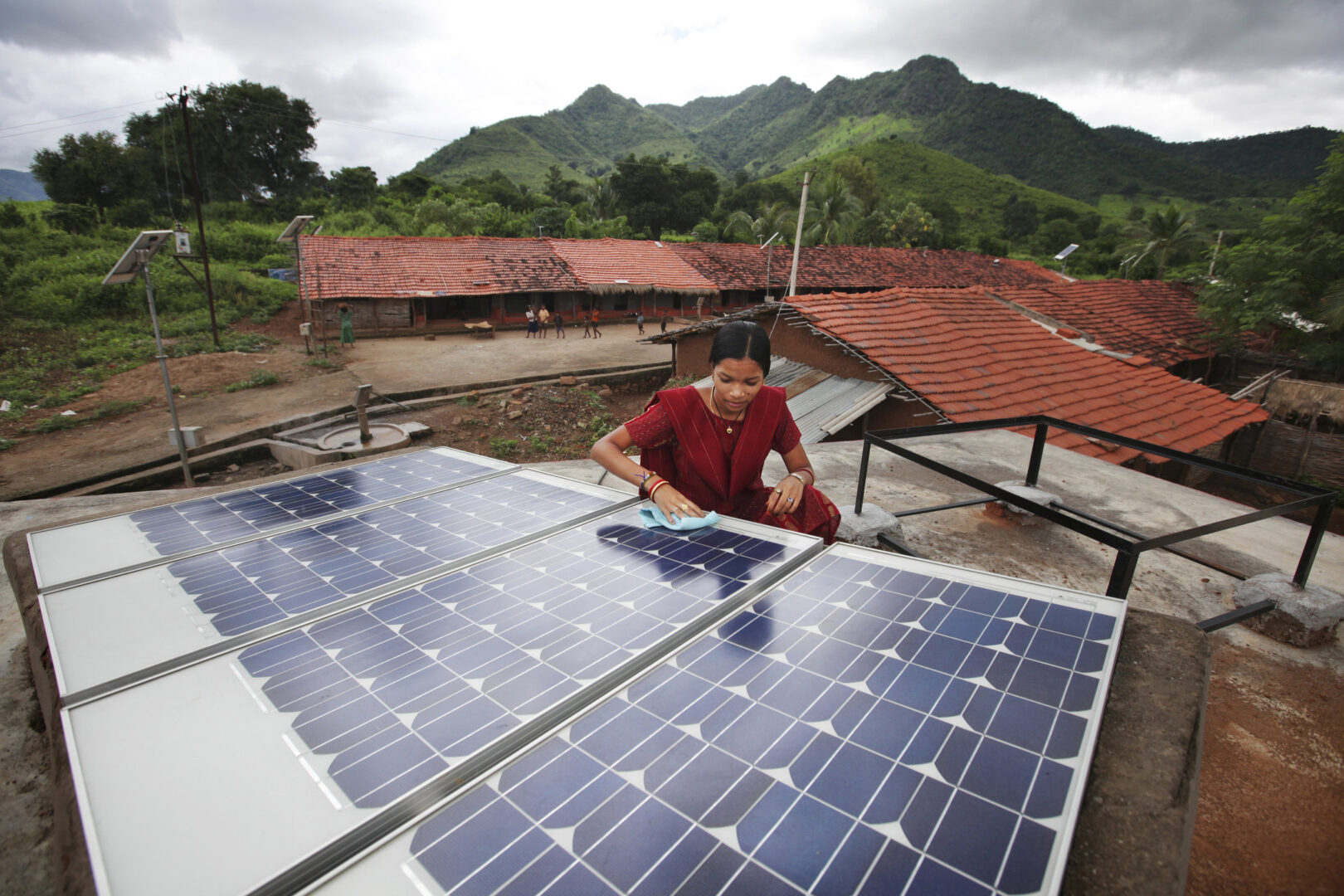Self generated renewable energy is used throughout the world by more and more organizations. With the help of the sun, wind, biomass, thermal storage or biogas clean, carbon neutral energy is generated. Please see below for more information about the different possibilities and ask your local renewable energy partners for advice.
Solar energy
With the help of solar heating, hot water is delivered through a system that works both on a sloping or a flat roof. During the period when the sun does not provide enough energy to heat the water to the desired value of 65 degrees Celsius, you will need some extra help. That’s why this system is often also connected to the central heating boiler or heat pump.
Next to solar collectors there are also solar panels that convert the energy of the sun into electricity. Solar panels are about 2 inches thick and consist of glass with solar cells in it. The electricity is created by light conversion and low voltage is transformed through an inverter to a usable voltage. Because solar panels work on light, the sun does not necessarily need to shine to generate energy. Solar panels can be either placed on a sloping or a flat roof (preferably facing south or southwest).
Windenergy
By using so-called “Urban wind turbines’ it is easy to generate renewable energy yourself. These turbines can be installed on roofs of schools or office buildings. The power output of these turbines depends on the type and the size of the turbine. Of course, larger windturbines are also possible, although often a government license is needed to place them.
Biomass
Biomass is material from animal or vegetable origin, for example waste from agriculture or forestry or from production processes. Biomass can for instance be used to create biogas or it can be used as material to generate electricity in power plants.
Heat pump
A heat pump is a device that uses the energy from natural resources such as soil, ambient air or water. These heat pumps use relatively little energy and they are 40% more economical than the best, gas-fired boiler. Formally, a heat pump is not a hundred percent renewable energy source because electricity is needed to operate the pump. This electricity can however be generated from the wind, water or sun which makes it 100% sustainable.
A hybrid heatpump works together with a central gas heated boiler. The traditional gas boiler only turns on when it’s very cold outside or when you need hot water.
Return on investment and subsidies
The return on investment for renewable energy is dependent on various factors, such as the technique used and the scale. Also subsidies, the price increase of grey energy (from fossil fuels) and the increase in value of the property play a role. Ask local renewable energy suppliers for more information about the various options.

